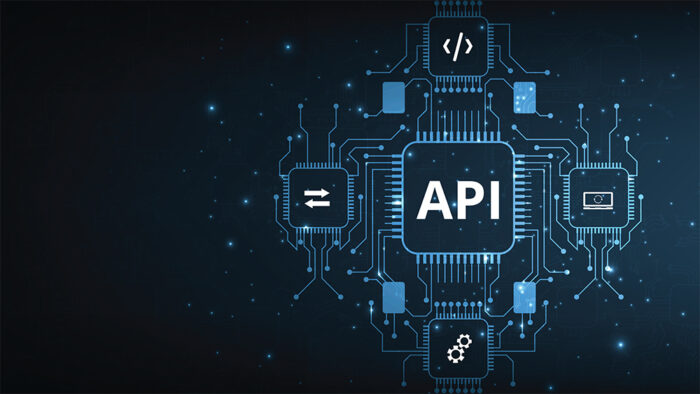Last week, we wrote about the crazy run-up and subsequent pullback in cocoa futures. Lately we have seen a parabolic rise occurring in copper futures. The price movement is similar, but to the best of my knowledge no one put an AI spin on cocoa’s move. The same can’t be said for copper.
This is quite a move, no? It may not be a meme stock, but this is a huge run by any normal standards:
Comex Copper Futures, Rolling Front Contract, 6-Months, Daily Candles

Source: Interactive Brokers
On a longer-term basis, the current move appears even more vertical, putting us in range of multi-year highs:
Comex Copper Futures, Rolling Front Contract, 5-Years, Daily Candles


Source: Interactive Brokers
It is always noteworthy when copper makes a big move. The commodity earned the nickname “Dr. Copper” because it has an uncanny ability to reflect supply and demand in the broader economy because of its multitude of industrial uses, including plumbing and electricity.
Since so many of those uses involve construction, copper’s run-up seems out of line with the economic numbers that we see. Housing starts in the US have not picked up dramatically, and China’s building boom has gone relatively silent. While the world’s industrial output is not in dire shape, it has not spiked higher recently. Why then the big move?
Some of it of course relates to specific factors of supply and demand in the futures market, but it is not difficult to imagine that some of the recent demand is related to the current AI-mania. The “tell” comes from the recent action in utilities stocks.
Utilities stocks are typically considered defensive. As a regulated industry, their growth tends to be limited, but their profits are stable, and they tend to have relatively high dividend payouts. In practice, they tend to underperform the broader market during bullish moves, but offer relative stability when markets sink. Their high payout ratio also makes them somewhat interest rate sensitive. What then explains the relatively vertical up move that we have seen in that sector’s benchmark ETF, the Utilities Select Sector SPDR (XLU) recently?
1-Year Chart, XLU (red/green candles), SPX (blue), 10-year Treasury Futures (purple)


Source: Interactive Brokers
We see that over the past month, utilities have acted neither defensively nor proportional to bond yields. XLU moved more or less in line with bond prices until about two months ago. Something changed. But while it is understandable that the sector underperformed the S&P 500 (SPX) as the major index rose toward all-time highs, the current move is much more than an overlooked sector playing catch-up. This too is about AI.
There have been numerous reports about how the widespread adoption of generative AI will create significant demand for electricity. The utilities would of course be the ones to supply it – hence the excitement about those stocks. And if utilities need to build new capacity, that will require copper wiring — hence the demand for the commodity.
That all makes sense. The rapidity of the moves does not. First of all, this is not something that we just learned. Maybe it has been more widely reported, but it should have been clear all along that if we bring huge networks of computers online, then they would need electricity to run them. Second, it’s not as though utilities can simply snap their fingers and add supply. Power plants take years to get approved and built. The change may occur, but it won’t be overnight.
Instead, this is emblematic of the level of speculation surrounding all things AI-related and in the markets as a whole. We can debate whether the Fed and other central banks are restrictive from an overall economic viewpoint, but it is abundantly clear that their policies are not restricting market speculation in the least. It takes money to chase stocks and commodities higher, and when we see a financial asset go vertical, it means that there is more than ample amounts of money flowing. This of course raises the stakes for Nvidia’s (NVDA) earnings report next week. If they can continue their enviable, remarkable string of beating estimates, raising guidance, then beating the raised guidance next quarter, that means that the AI trade can and will proceed apace. If there is even the slightest sign of weakness, however, much more than that stock alone will suffer. Markets are not pricing in much volatility for the coming weeks – VIX around 12.5 tells us that there is not much demand for hedges. This might be an opportune time to pick up some insurance ahead of such a consequential report.
Join The Conversation
If you have a general question, it may already be covered in our FAQs. If you have an account-specific question or concern, please reach out to Client Services.
Leave a Reply
Disclosure: Interactive Brokers
The analysis in this material is provided for information only and is not and should not be construed as an offer to sell or the solicitation of an offer to buy any security. To the extent that this material discusses general market activity, industry or sector trends or other broad-based economic or political conditions, it should not be construed as research or investment advice. To the extent that it includes references to specific securities, commodities, currencies, or other instruments, those references do not constitute a recommendation by IBKR to buy, sell or hold such investments. This material does not and is not intended to take into account the particular financial conditions, investment objectives or requirements of individual customers. Before acting on this material, you should consider whether it is suitable for your particular circumstances and, as necessary, seek professional advice.
The views and opinions expressed herein are those of the author and do not necessarily reflect the views of Interactive Brokers, its affiliates, or its employees.
Disclosure: Security Futures
Security futures involve a high degree of risk and are not suitable for all investors. The amount you may lose may be greater than your initial investment. Before trading security futures, please read the Security Futures Risk Disclosure Statement. For a copy visit ibkr.com
Disclosure: ETFs
Any discussion or mention of an ETF is not to be construed as recommendation, promotion or solicitation. All investors should review and consider associated investment risks, charges and expenses of the investment company or fund prior to investing. Before acting on this material, you should consider whether it is suitable for your particular circumstances and, as necessary, seek professional advice.




























THIS constant comment/referral to copper vis a vis is a misnomer if one is referring to residential homes. there ain’t much copper being put into new homes. don’t believe me then when driving past a new house under construction pull over and take a look. the pipes are all some sort of ‘plastic’ commonly called ‘peck.’ Even hijgh rises do their best to eliminate the copper piping wherever allowed or snuck past.
From the web…..
“The average single-family home has approximately 200 kilograms (or 439 pounds) of copper contained in it, the the form of general appliances, electrical wiring, plumbing pipes, and so on.Apr 19, 2024”
“An average single-family home uses 439 pounds of copper.
In an average single-family home, you will find about:
195 pounds – building wire
151 pounds – plumbing tube, fittings, valves
24 pounds – plumbers’ brass goods
47 pounds – built-in appliances
12 pounds – builders hardware
10 pounds – other wire and tube
So the PEX tubing/fittings would replace about 1/3 of the Cu content in a 2100 sqft home.